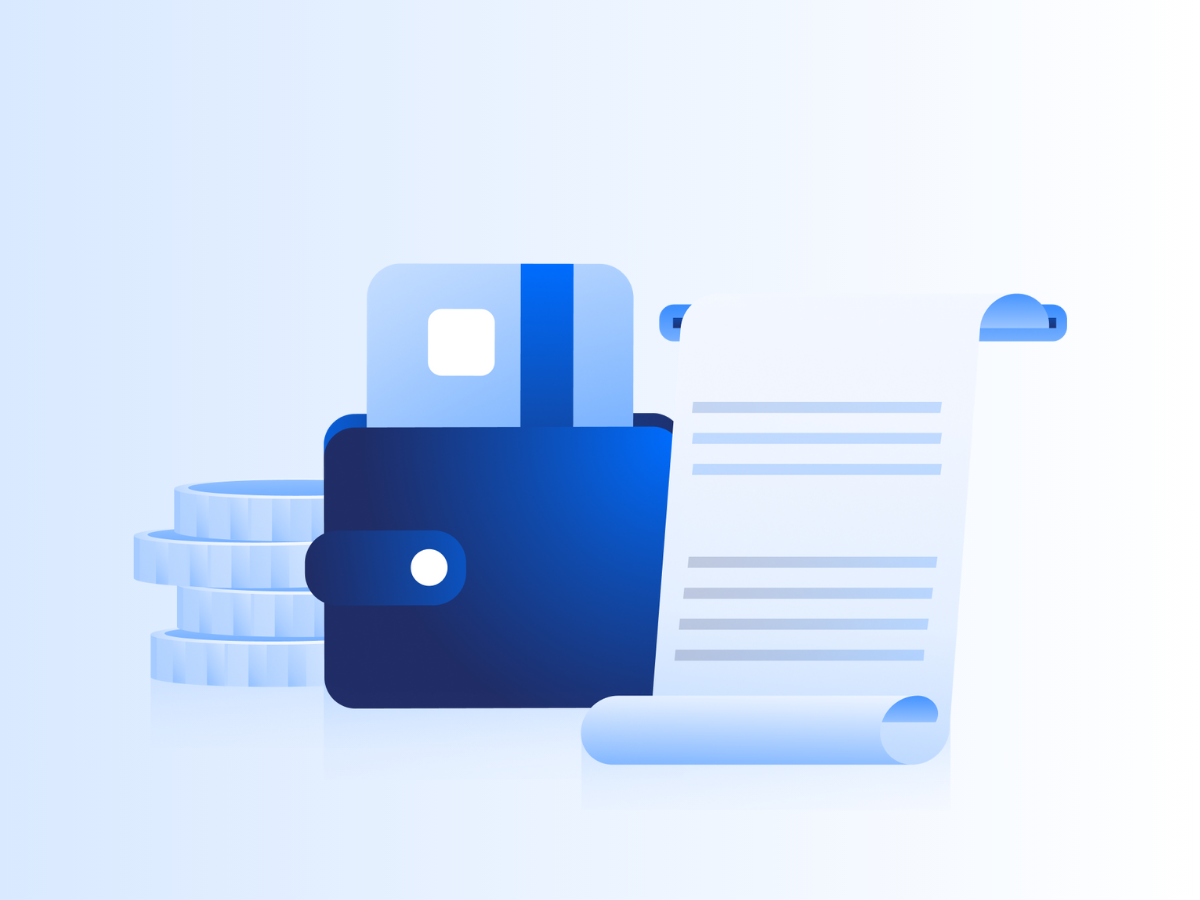What is pricing intelligence?
Pricing intelligence, also known as rate intelligence, is a way for hotels to optimise their pricing and profitability. It’s an essential part of a successful revenue management strategy and is implemented via the use of data and dynamic pricing tools.
Pricing intelligence relies on data such as market trends, real-time insights, local competitor rates, and customer behaviour patterns.
Hoteliers can use this data to quickly analyse conditions and make informed pricing decisions, to help drive more bookings and increase revenue.
This blog will cover everything you need to know about pricing intelligence and how to implement it at your hotel.
Table of contents
What is pricing intelligence software?
Pricing intelligence software is a tool that enables hoteliers to optimise their pricing strategies by improving efficiency and highlighting opportunities to increase revenue.
Pricing intelligence software makes it easy to track and analyse key market insights, allowing hoteliers to list their inventory at an optimal price – one that secures reservations for the maximum value possible.
It provides a great return on investment for hoteliers because it enables them to implement dynamic pricing – a crucial strategy for getting ahead of the competition and maximising the revenue from every individual booking.
Some ways your hotel will benefit from using pricing intelligence software include:
- Knowing the market demand for your hotel in advance
- Optimising your room rates
- Accelerating the decision-making process
- Saving time and effort on price monitoring
- Understanding where you stand with competitors
Greater insight, more revenue, less work What if you could use data to boost your hotel's revenue while also reducing your workload? Our smart hotel platform helps you do exactly that.
Why is it important to use pricing intelligence tools?
Pricing intelligence tools are important to use if you want your hotel to remain competitive and profitable in a modern travel market.
They are vital for providing valuable data and in-depth analysis in an easily digestible way, which allows tactical decisions to be made accurately and quickly.
Here’s a list of eight important reasons for a hotel to be using pricing intelligence tools:
1.Understand the demand for your rooms
You can see at a glance when your hotel rooms are in highest demand, and when you typically experience less bookings. This information allows you to create a hotel room pricing strategy to maximise your profits year-round.
2. Don’t fall behind your competitors
Ultimately, the main purpose of a rate intelligence tool is to do just that — provide you with valuable information about what other local hotels are charging for their rooms. With this information on hand, you can make slight adjustments to your rates that may give you a competitive advantage in the market.
3. Accurate, instantaneous data
A pricing intelligence tool not only showcases the most recent information about room rates in the surrounding area, but also collects data and gives you the opportunity to generate reports. These reports will provide information about room rates and hotel room pricing trends that are taking place in your destination and across the industry.
4. Rate change notifications
Notifications serve as instant reminders when there are changing trends in the market. The best part is, you have the ability to determine your own rules for when you should be notified of these updates. This means your tool is going to work to the advantage of your specific property, allowing you to accommodate local demand and competition within your specific market.
5. Simplifies the forecasting process
Forecasting can be an overwhelming and cumbersome process, even for the most experienced hotel operator. Given this, you may opt to avoid forecasting for fear of making mistakes. With the right pricing tool however, long-range forecasting is much easier.
6. Information can be acted upon immediately
The figures you glean from your competitors will help you manage your yield as you can increase your average daily rate (ADR) and revenue per available room (RevPAR) by comparing your live minimum/maximum rates against your competitors, based on length of stay (LOS). You can access this information daily or live on request, ensuring you can always hit your targets for the month or the quarter.
7. Revenue management is simplified
With specific solutions like SiteMinder’s Insights and Dynamic Revenue Plus, the data is broken down in a way that makes it easy for hotels to use and consume, again saving time and warding off any uncertainty.
8. A pricing intelligence tool will make life easier on your channel manager
The rates you set in your channel manager need to be more or less on par with your competitors. Underselling will mean a drop in your revenue, while overselling will see a reduction in bookings. Using a pricing intelligence tool means you can easily track the rate activity of your local market, maintain parity across all your channels, and then use your discretion to make changes.
To take full advantage of your channel manager, you need to be agile and change your rates hourly if necessary, depending on what time of day, month, or year it is.
With the up-to-the-minute data you get from a pricing tool, this poses no issue for you and your revenue will always be in line with your targets. With this data behind it, your channel manager becomes an even more powerful tool.

How does hotel pricing intelligence work?
Hotel pricing intelligence works by providing accurate data in real-time and making it accessible in one place.
Instead of dealing with fragmented data, and wasting time trying to bring it together in spreadsheets, hoteliers can quickly view data reports on demand.
Speed, efficiency, and simplicity characterise pricing intelligence tools. Hoteliers are able to combine historical data with real-time insights to get a full picture of their revenue management opportunities.
A room pricing intelligence tool, such as SiteMinder’s Insights, taps into the local market while integrating with the hotel’s channel manager and property management system. It can then automate the process of unifying data and producing reports, instead of relying on a staff member to do it manually.
What to look for in a price intelligence tool
With a number of price intelligence tools available on the market, how do you choose which one is the best investment for your hotel?
As a general guide, it can be beneficial to choose a tool that is already part of a unified platform, rather than being a standalone solution. This will improve functionality, increase data volume, and broaden the number of ways decisions can be applied.
No matter how you are choosing to implement pricing intelligence, here are a seven things to look out for:
1.Make sure you have rate visibility
It’s vital that you have easy access to your rates at all times, everywhere they are listed, in one unified platform – including on OTAs and your own website.
2. Prioritise a dynamic approach
The best tools keep you updated at all times so your pricing is never static. You need to make adjustments in real-time at the right time to maximise bookings and revenue. For example, SiteMinder’s Dynamic Revenue Plus delivers up-to-date data and live alerts, as well as pricing reccommendations that you can action immediately.
3. Focus on ROI
Often, by automating and simplifying data management, a pricing intelligence tool will generally pay for itself as well as increasing staff efficiency.
4. Ensure you’ll gain a competitive edge
While pricing should never be the only way to differentiate yourself from your competitors, with all things being equal, price plays a big part. And there’s no way to ensure that your offering is truly competitive without clear visibility into what your competitors are offering.
5. Look for in-depth reporting capabilities
Generating a report should be instantaneous, and gleaning actionable insights from it should be intuitive to enable fast decision making that can make an immediate impact on revenue.
6. Seek out accurate forecasting abilities
You need to know what to set your rates at, and when – especially during peak and off-peak periods. Real-time market data is crucial to be able to forecast demand.
7. Prioritise simplicity
Many rate management tools are too complex for your hotel’s needs. The end result is that you are never able to truly master it. Look for a tool that makes ease of use a prime selling point.
Popular price intelligence solutions
If you’re looking for some of the most popular price intelligence solutions, you don’t need to look much further than SiteMinder’s Insights.
With Insights you’ll get:
- Real-time insights
- Accurate data
- A competitive advantage
- An integrated platform
- Advanced reporting and analysis
SiteMinder’s platform also seamlessly integrates with a number of other popular revenue management systems on the market, enabling all hoteliers to have access to price intelligence solutions
For smaller properties, who want simplicity but still want to be sophisticated with their pricing, Little Hotelier’s Insights is powered by SiteMinder but designed for small hotels and accommodation providers.

